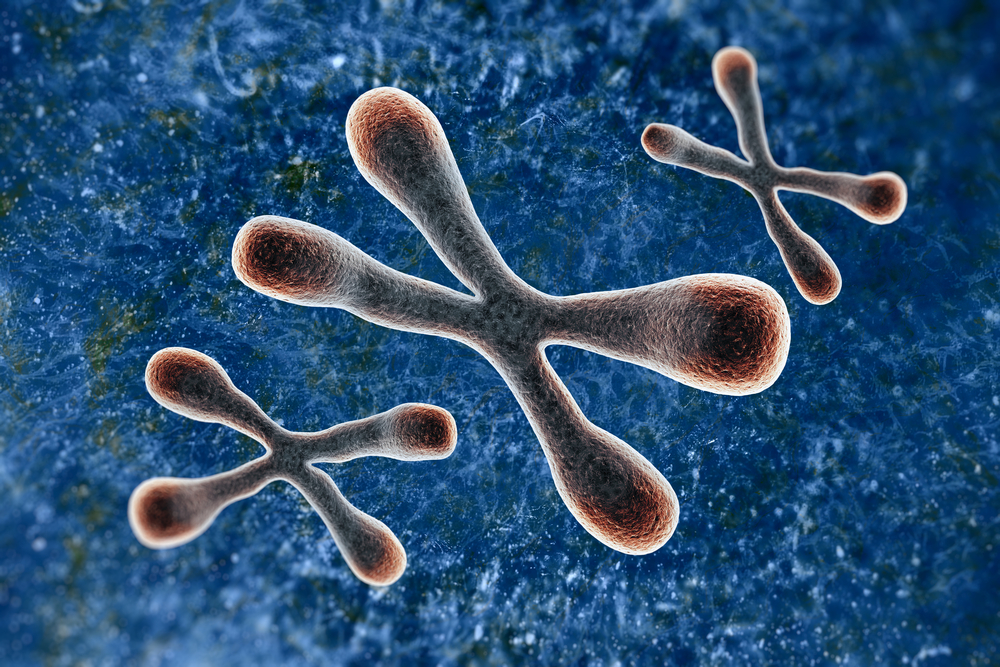Novel Function of MeCP2 Protein Could Be Route to Rett Therapy, Study Suggests

Mutations in the MECP2 gene, which lead to most cases of Rett syndrome, prevent the formation of droplet-like structures that regulate DNA accessibility in cells, a study has found.
Understanding how this process works could open paths to new therapeutic strategies in Rett, researchers said.
The study, “MeCP2 links heterochromatin condensates and neurodevelopmental disease,” was published recently in the journal Nature.
While exploring the role that droplet-like structures called condensates play in gene regulation, researchers at the Whitehead Institute of the Massachusetts Institute of Technology (MIT) identified MeCP2 as an important protein to form such condensates. By isolating and concentrating molecules at specific locations within the nucleus, condensates increase the efficiency of certain cellular functions.
The ability of MeCP2 to form condensates comes from segments of the protein called intrinsically disordered regions (IDRs). In contrast to the more structured areas of proteins, whose specific shapes determine the binding to other molecules, IDRs are more akin to strands of spaghetti. These strands facilitate the formation of condensates by temporarily linking together in a dynamic mesh.
In the course of the study, the team discovered that many of the mutations in MeCP2 that cause Rett syndrome affect the protein’s IDR, thereby disrupting the ability to form condensates.
“MeCP2 and Rett syndrome have been studied intensely for many years in many labs and yet not a single therapy has been developed. When the project began, I was immediately fascinated by the idea that we might find a new disease mechanism that could help us finally understand how Rett syndrome arises and how it could be treated,” Eliot Coffey, one of the first authors of the study, said in a news story.
Understanding this mechanism expands knowledge of how cells organize chromosomes into specific compartments of active and inactive genes, and may lead to effective ways to treat Rett.
DNA comes in two forms, known as euchromatin and heterochromatin. While euchromatin is relatively accessible to proteins capable of initiating the formation of other proteins, heterochromatin is wound tightly, making genes largely inaccessible and thereby inactive.
When functioning normally, MeCP2 binds to chemical signatures that label heterochromatin, which draws in enough MeCP2 to form condensates and maintain physical separation between the two types of chromatin. Different proteins form condensates around euchromatin.
Although proteins forming condensates have IDRs regardless of type of chromatin, the team found that MeCP2 in heterochromatin did not interact with proteins associated with euchromatin.
According to the scientists, understanding how distinct condensates form will help understand how cells ensure that proteins localize to their appropriate regions in the nucleus.
The discovery also opens paths toward further research on how, when and where in the cell that proteins join condensates. Also, the findings raise the possibility that condensates, rather than MeCP2, can become therapeutic targets in Rett syndrome.
“We suggest,” the researchers wrote, “that new approaches to pharmacological modification of condensate behaviors, if developed to selectively impact heterochromatin condensates, might provide therapeutic benefits for patients with RTT [Rett syndrome].”
Added Richard Young, PhD, the study’s senior author: “There’s a chemical grammar waiting to be deciphered that explains this difference in the ability of some proteins to move into one condensate versus another.
“Discovering that grammar can help us understand how cells maintain the crucial balance between the active and silent halves of our genome, and it could help us understand how to treat disorders such as Rett syndrome,” Young said.






